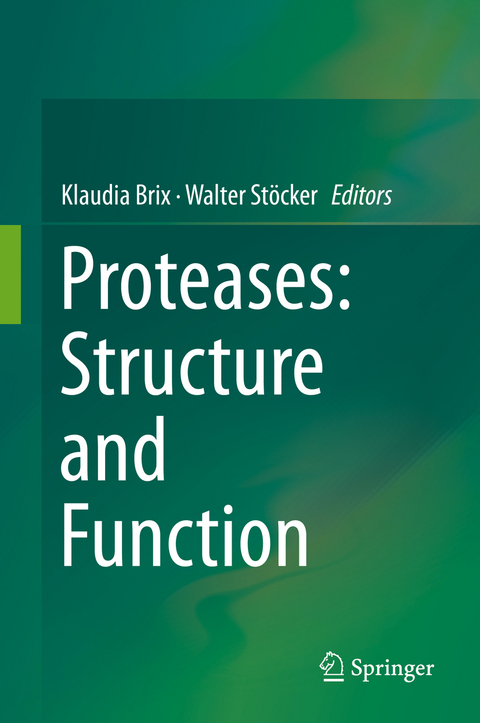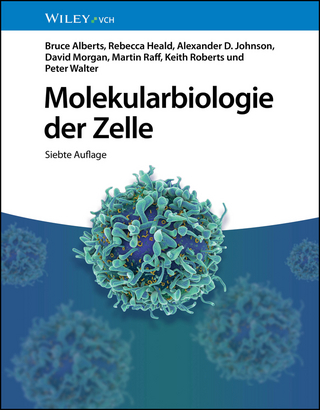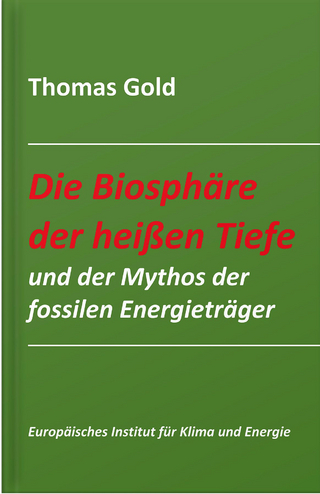
Proteases: Structure and Function
Springer Wien (Verlag)
978-3-7091-0884-0 (ISBN)
1 Protease families, evolution and mechanisms of action "Set the stage".- 1.1 Enzyme families, prototypes and catalytic mechanisms.- 1.2 Enzyme kinetics, mathematical modelling and perspectives.- 1.3 Structure determination and search for inhibitors.- 2 Regulation of proteolysis "Positioning and teaming-up to control activity".- 2.1 Compartmentalization of proteolysis.- 2.2 Biosynthesis of lysosomal proteases.- 2.3 Interactions of proteases and inhibitors / networking in the degradome.- 2.4 In vivo analysis of the protease and inhibitors concert.- 3 Proteases in development "Born to be right".- 3.1 Proteases for pattern formation during morphogenesis.- 3.2 Proteases in death pathways (apoptosis, necrosis).- 4 Proteases in physiology and pathophysiology "Cleave to function in health or to cause disease".- 4.1 Protein turnover and signaling functions (degrade to rebuild, remodel, process and mature for signalling).- 4.2 Proteases in control of physiology.- 4.3 Cancer: invasion and metastasis.- 4.4 Bacterial proteases.- 4.5 Viral proteases.
| Erscheint lt. Verlag | 4.2.2014 |
|---|---|
| Zusatzinfo | XII, 564 p. 98 illus., 65 illus. in color. |
| Verlagsort | Vienna |
| Sprache | englisch |
| Maße | 155 x 235 mm |
| Gewicht | 819 g |
| Themenwelt | Naturwissenschaften ► Biologie ► Biochemie |
| Naturwissenschaften ► Biologie ► Mikrobiologie / Immunologie | |
| Schlagworte | Enzyme • Proteinase • proteinase function • proteinase structure • Protein Structure |
| ISBN-10 | 3-7091-0884-5 / 3709108845 |
| ISBN-13 | 978-3-7091-0884-0 / 9783709108840 |
| Zustand | Neuware |
| Haben Sie eine Frage zum Produkt? |
aus dem Bereich


